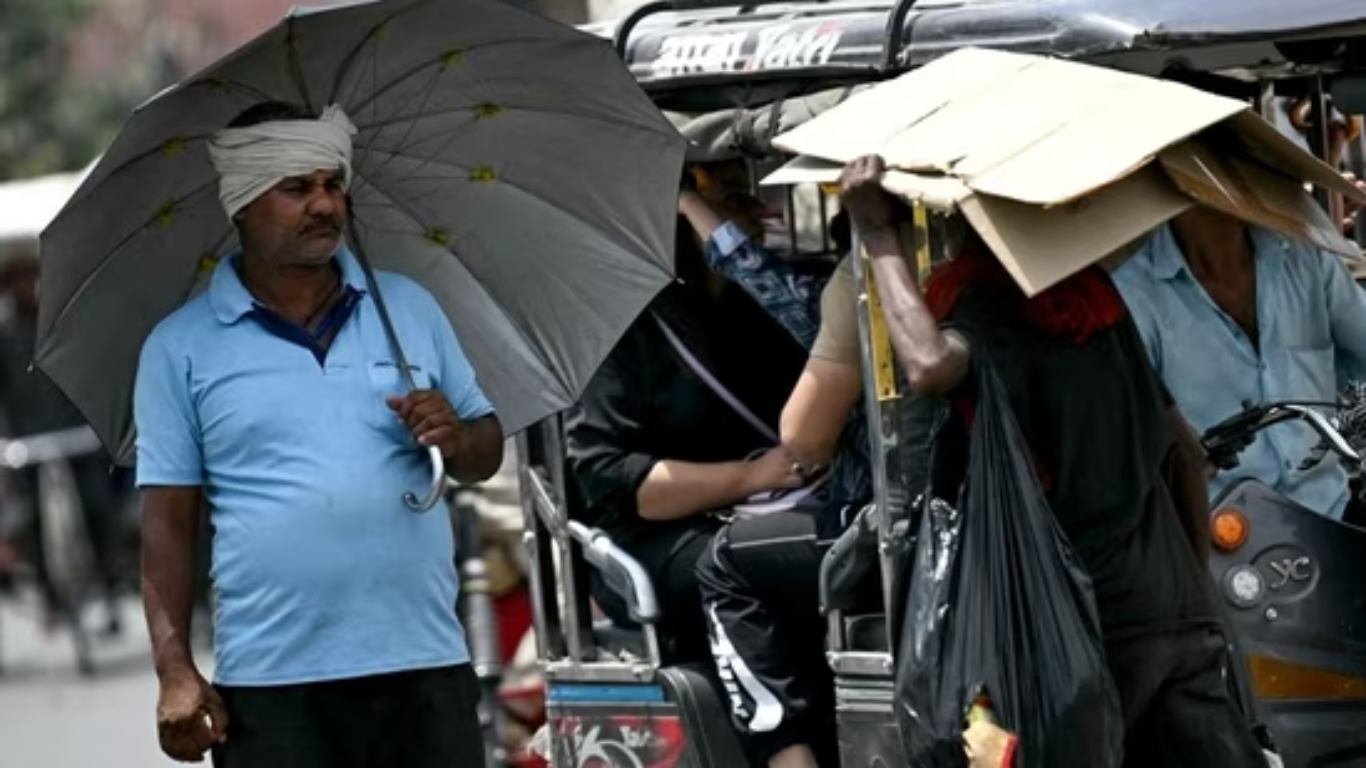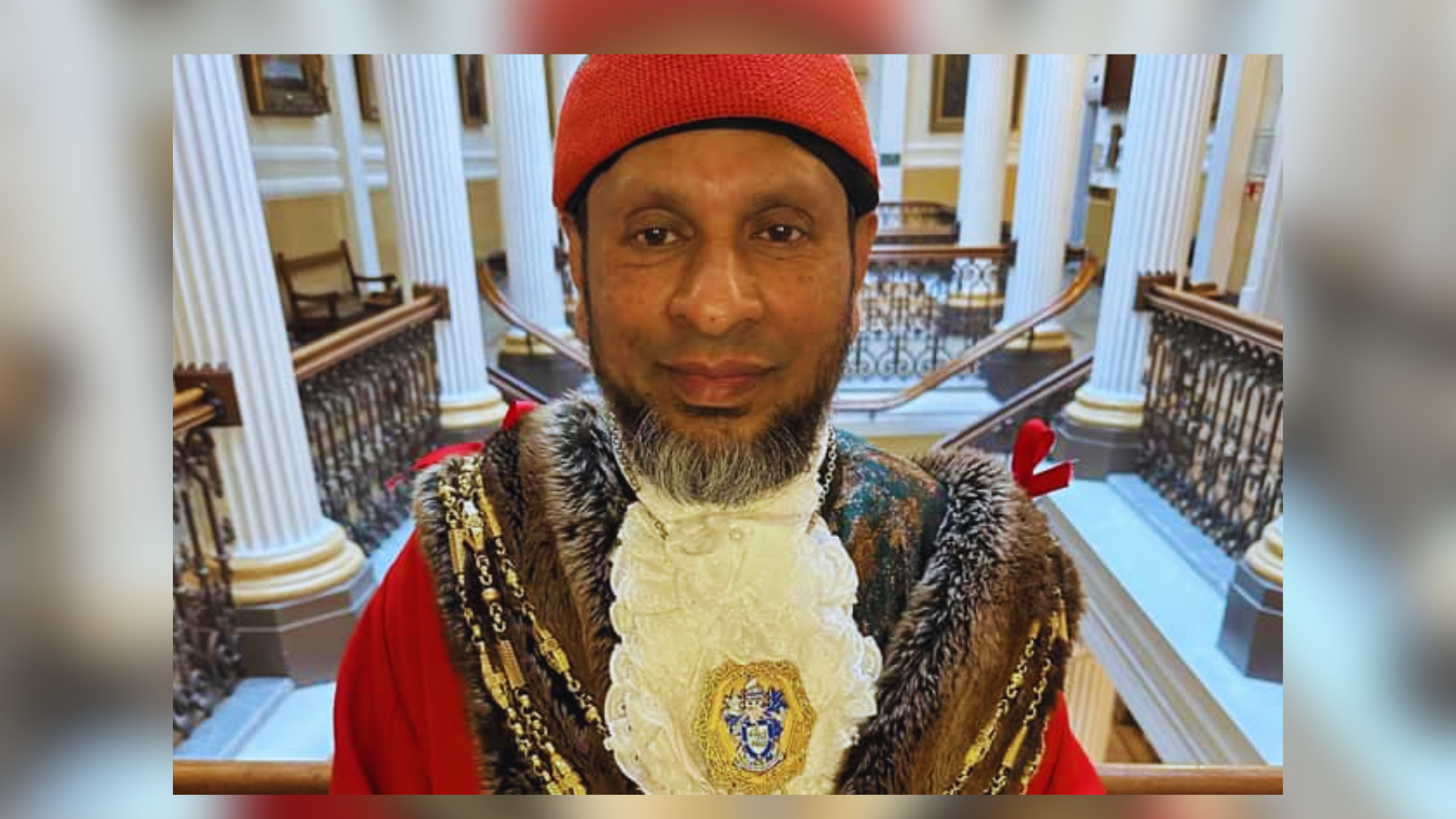






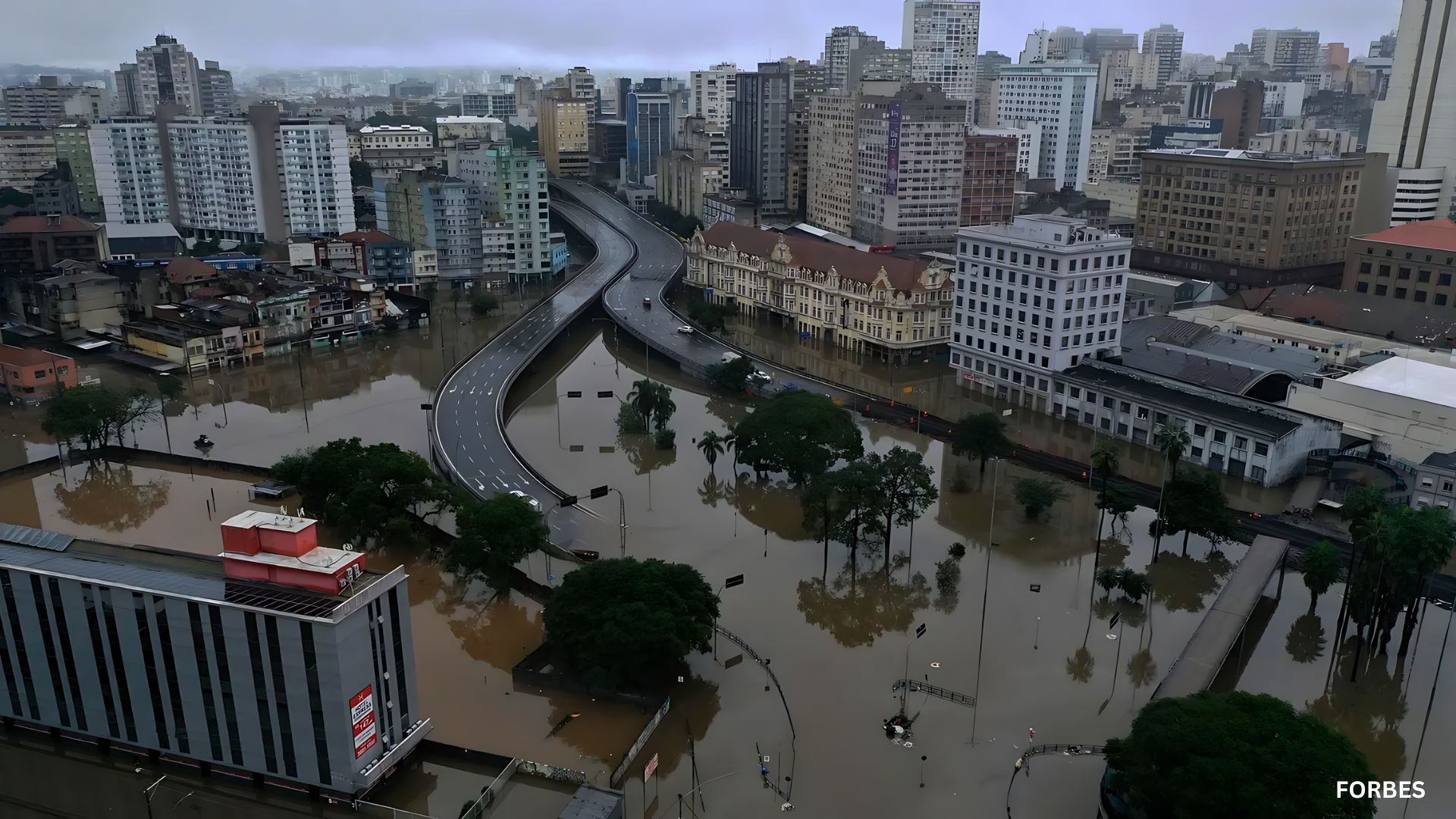
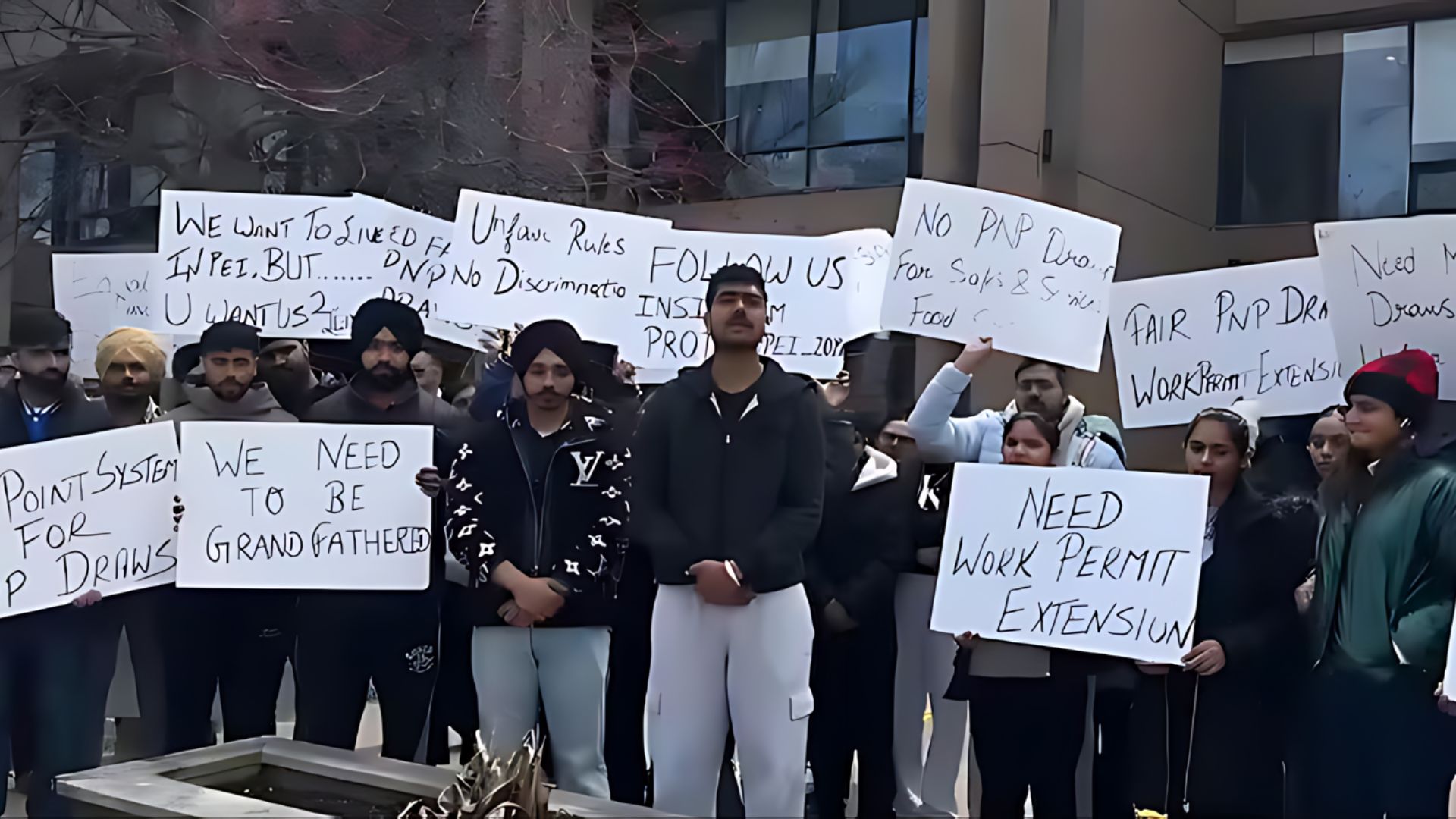
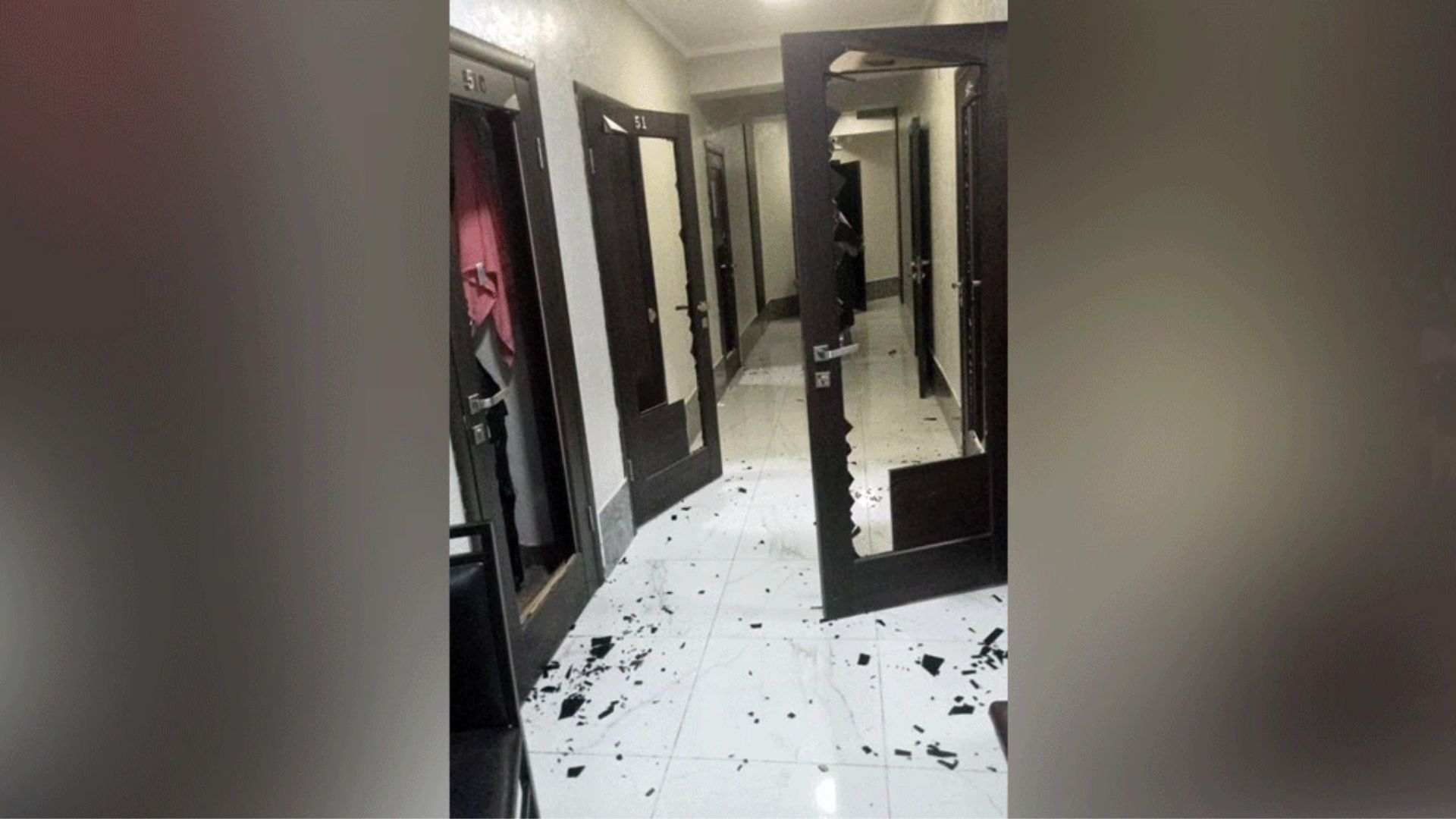
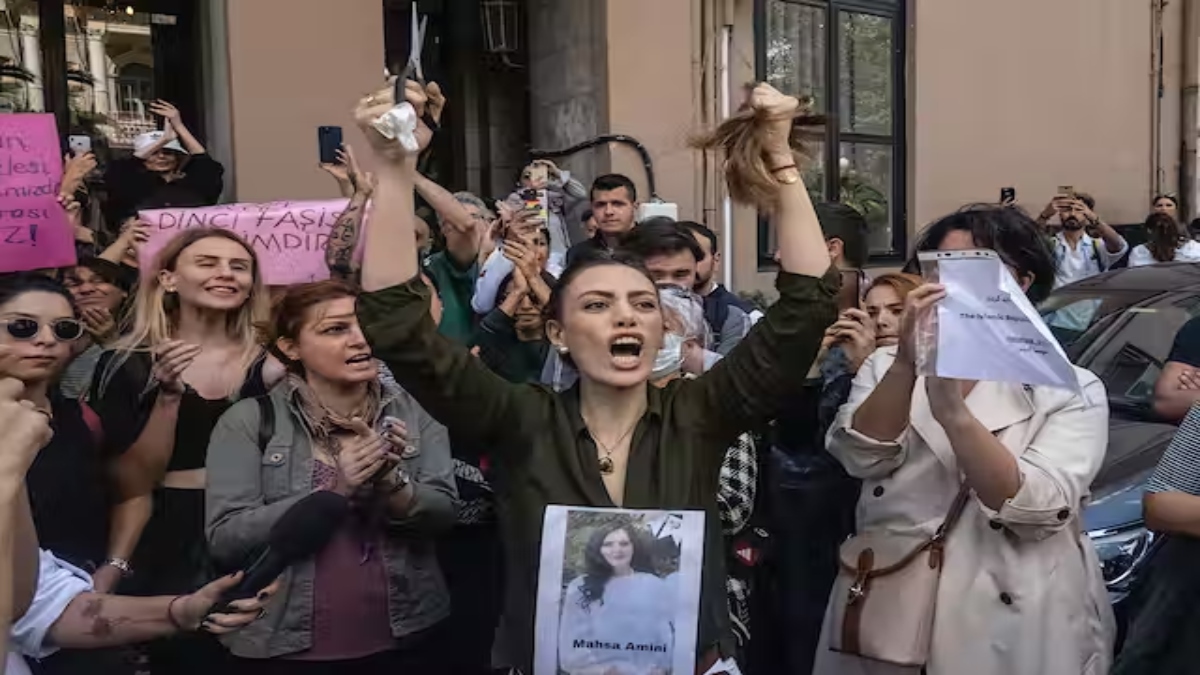
Amidst Iran Hijab Protests, activists claim that over the 11 days of protests that were started by the death of a lady in jail, Iranian security forces had murdered at least 76 protestors.
A group called Iran Human Rights, which is located in Norway, accused the government of repressing opposition with excessive force and live bullets as Iran Hijab Protests intensify.
According to state media, there were 41 fatalities, including numerous security officers, and “rioters” were to blame amidst the Iran Hijab Protests.
Additionally, hundreds of individuals, including 20 journalists, have been detained.
Director of IHR Mahmood Amiry-Moghaddam stated, “The possibility of torture and other cruel treatment of protestors is severe, and the use of live fire against protesters is an international crime.” “The world must stand up for the fundamental rights that the Iranian people are demanding.”
The aggressive response from the police also raised serious concerns from the UN human rights office, which encouraged them to respect the right to peaceful protest.
Since Mahsa Amini’s burial on September 17, the anti-government protests have extended to over 80 Iranian cities and villages.
On September 13, morality police officials detained a 22-year-old Kurdish lady from the northwestern city of Saqez when she was in Tehran. She was reportedly in violation of the harsh legislation mandating women to cover their hair with a hijab, or headscarf.
After being brought to a correctional facility to be “educated,” she collapsed and spent three days in a coma before passing away in the hospital.
Police claimed that Ms. Amini’s abrupt heart failure caused her to pass away, but her family disputes this and claims that she was actually beaten by police.
Her killing sparked immediate demonstrations against the morality police and the hijab legislation, which swiftly turned into the most significant threat to Iran’s Shia Muslim religious establishment in recent memory.
Women have been seen in social media videos cutting their hair in public and burning their headscarves on bonfires while being applauded and chanted phrases such as “Women, life, freedom” and “Death to the dictator”—a reference to the Supreme Leader, Ayatollah Ali Khamenei.
Monday saw demonstrations in Tehran as well as many other towns, including Yazd in the country’s centre and Tabriz and Sanandaj in the north-west. Additionally, more than 20 colleges saw strikes and teacher walkouts by students and staff.
Iran Human Rights reported that as of Monday, it has counted 76 protester fatalities in 14 provinces, including six women and four children, although it cautioned that internet restrictions were delaying reporting.
It continued, “35 deaths were recorded in the provinces of Mazandaran and Gilan, located north of Tehran, and 24 in the Kurdish-populated provinces of West Azerbaijan, Kermanshah, Kurdistan, and Ilam, located in the region’s northwest.
IHR said that footage and death certificates it had collected proved that security forces were firing live ammunition directly at protestors, despite Iranian officials’ denials.
More than 1,200 individuals have also been detained, according to Iranian authorities.
The daughter of former Iranian president Akbar Hashemi Rafsanjani, Faezeh Hashemi, was detained by security personnel on Tuesday, according to Iranian official media.
Ms. Hashemi is a vocal opponent of the Iranian ruling class.
The US-based Committee to Protect Journalists sought the release of at least 20 journalists, bloggers, human rights advocates, attorneys, and civil society activists who had been imprisoned.
The CPJ urged the Iranian security forces to stop using oppressive tactics against the journalists covering this important subject and to reestablish internet connectivity, which is essential for informing the population.
According to reports, the turmoil has strained the security forces to their breaking point, according to sources. In one video, the head of the court is seen claiming that riot police have been deployed “24 hours a day” and that “they did not sleep last night and the nights before.”
Our eyewitness adds that there are rumours that security officers have severe reservations about interacting with the demonstrators. The head of the capital’s riot police was shown on camera ordering his soldiers to attack the protestors without hesitation, much as Iranians had done invading Iraqi forces in the 1980s.
The country’s security and peace’s opponents must be dealt with decisively, according to President Ebrahim Raisi.

